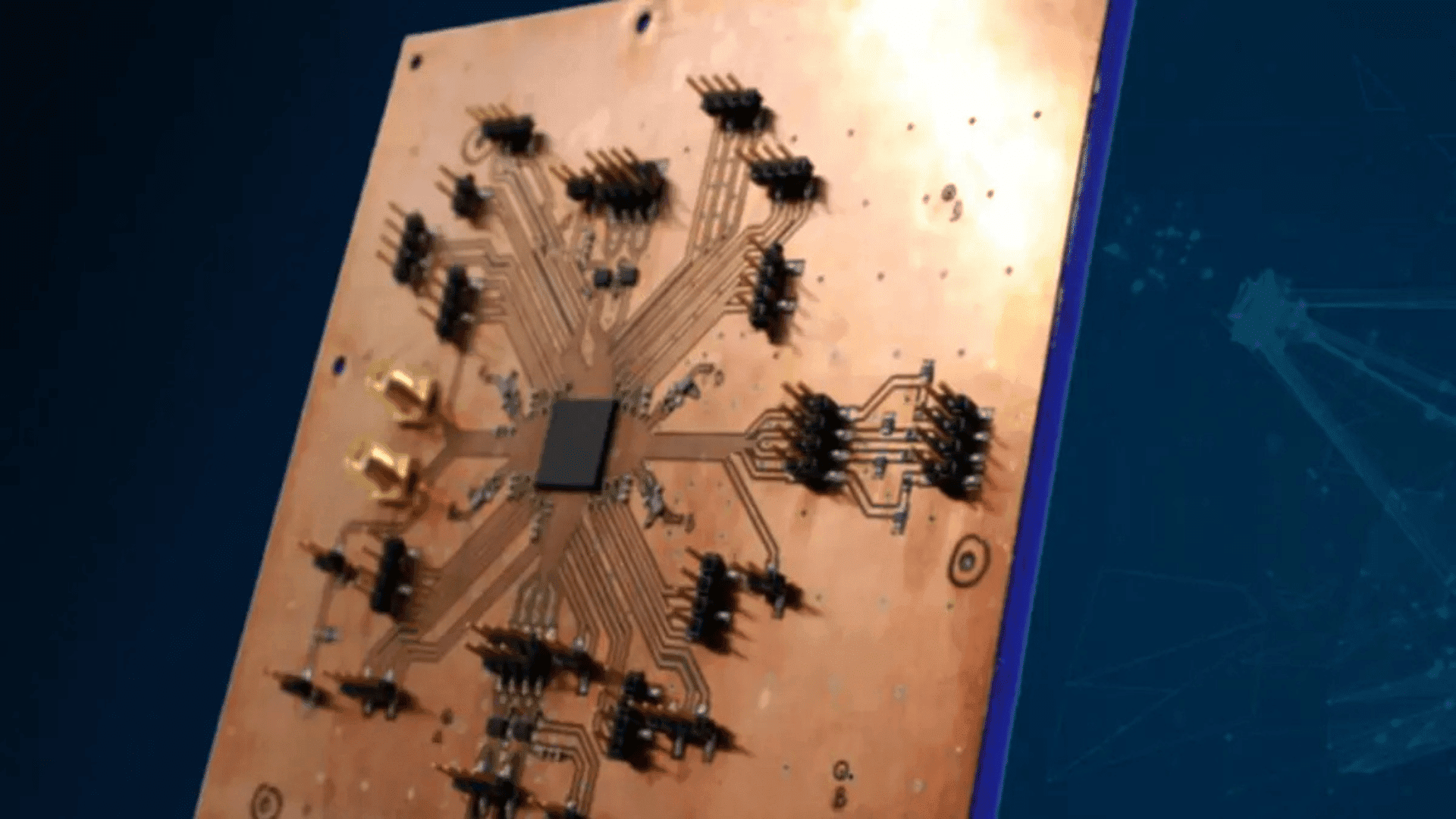A new 3D-printed antenna enables stronger, more flexible wireless electronics, addressing common issues with signal failure in flexible electronics due to movement, bending, and environmental changes.
3D-Printed Antennas

Flexible antennas often face problems with signal failure, as they’re highly susceptible to errors when subjected to bending or moving. Physical movements change the antenna’s shape, which destabilizes the wireless connection and causes signal errors. Developments in this area have happened slowly, including one previous study that made a flexible 3D antenna inspired by the ancient Japanese art of kirigami.
Developed by researchers at Washington State University (WSU), the new antenna enables the fully integrated communication systems into structures. This turns surfaces like drone wings and fabric into high-speed electronic arrays.
“This proof-of-concept prototype paves the way for future smart textiles, drone or aircraft communications, edge sensing, and other rapidly evolving fields that require robust, flexible, and high-performance wireless systems,” said Sreeni Poolakkal, co-first author and a PhD student in WSU’s School of Electrical Engineering and Computer Science.
To create a lightweight, flexible array of four antennas, the copper nanoparticle-based ink was designed by the team’s collaborators from the University of Maryland and Boeing. The researchers also designed a special processor chip that works with the antennas to achieve precision in wireless communication.
“Nanoparticle-based ink is actually very powerful in improving the performance for high-end communication circuits like what we’re doing,” said Subhanshu Gupta, associate professor and study’s co-author.
“We used this processor that we developed to correct for these material deformities in the 3D-printed antenna, and it also corrects for any vibrations that we see,” said Gupta.
Testing showed that the antennas maintain stable performance even when exposed to bending, high humidity, temperature changes, and salt. The prototypes, which are small tiles designed for scalability, were able to send and receive signals while moving.
The findings were reported in the journal Nature Communications.







